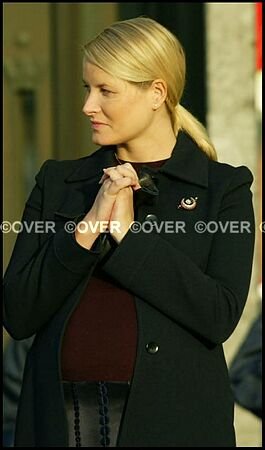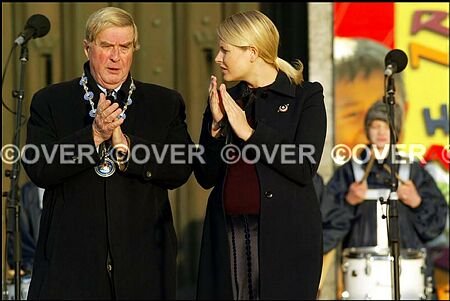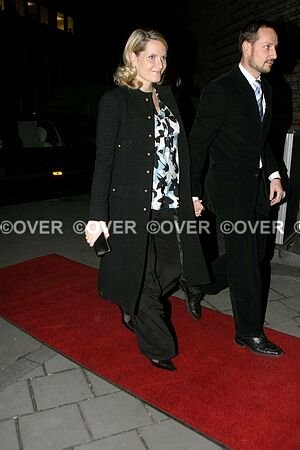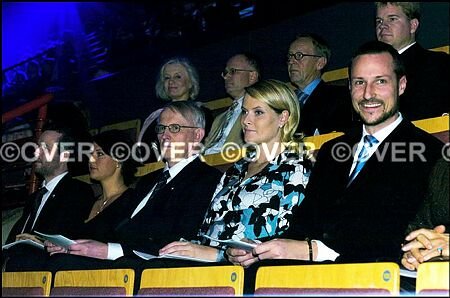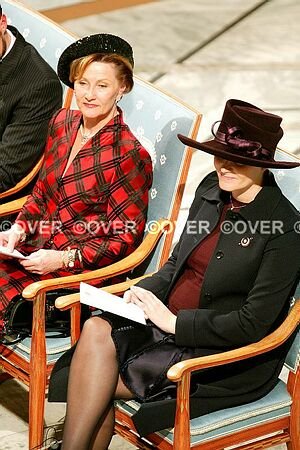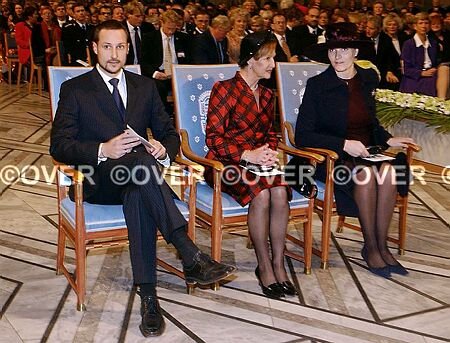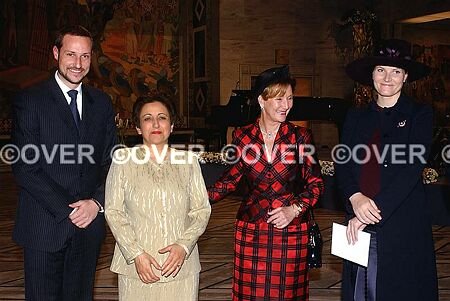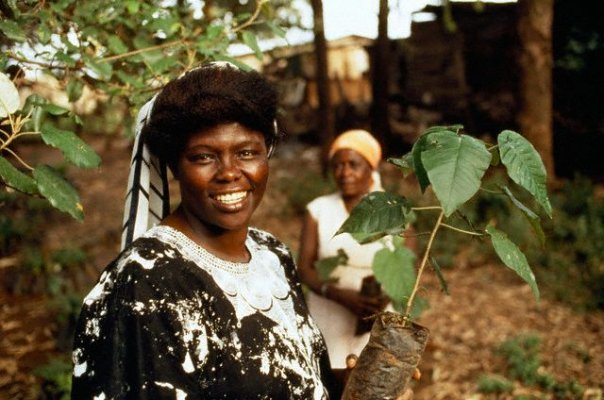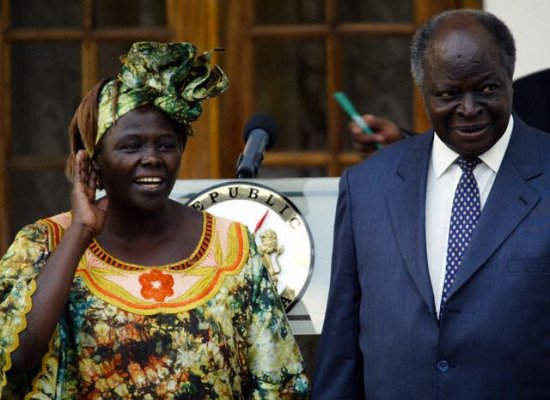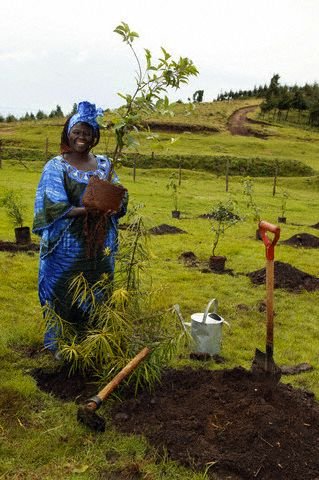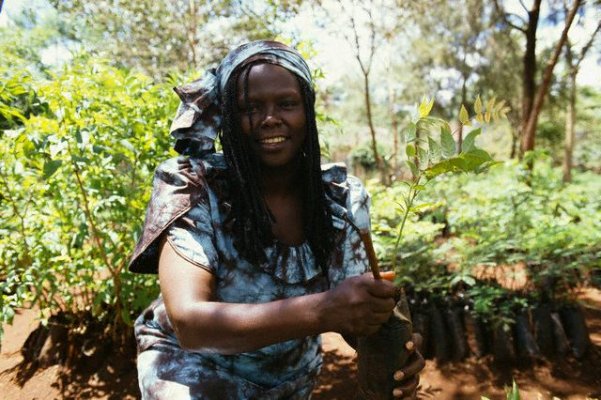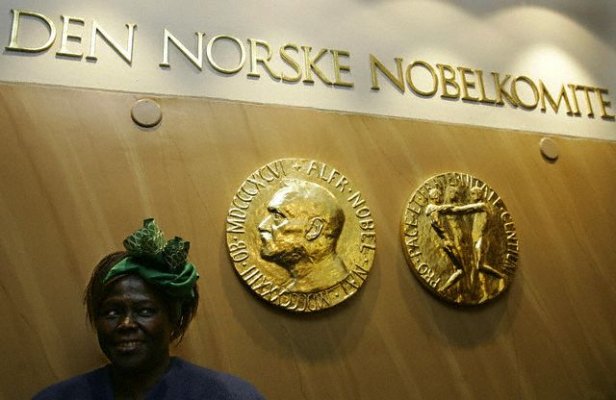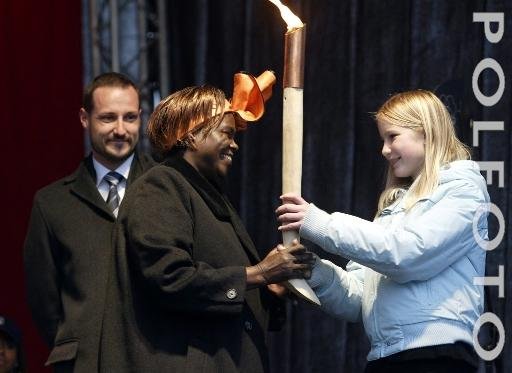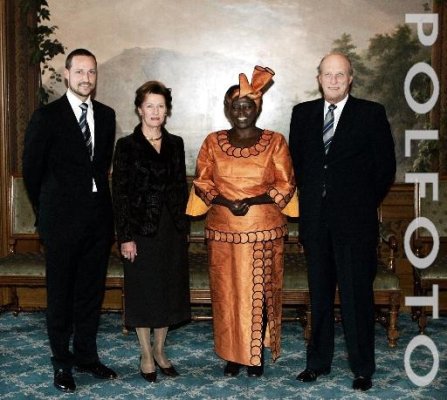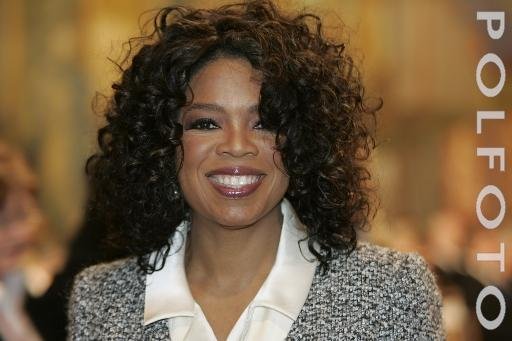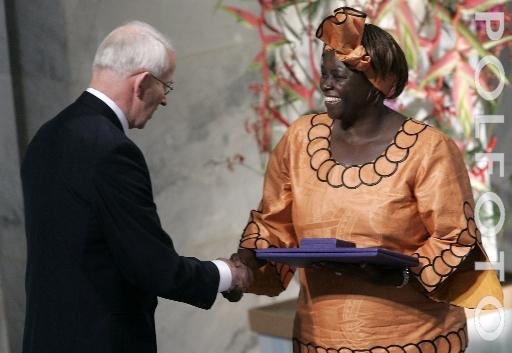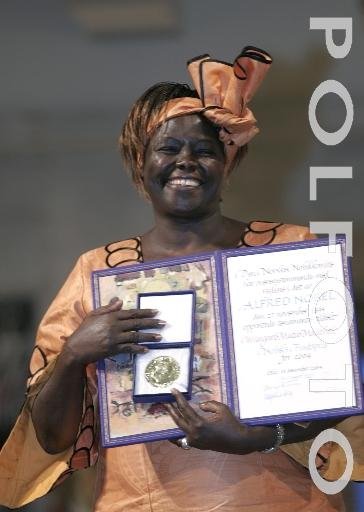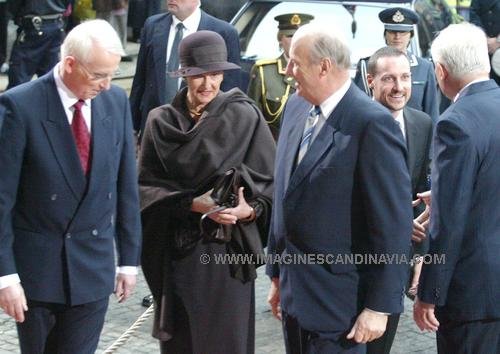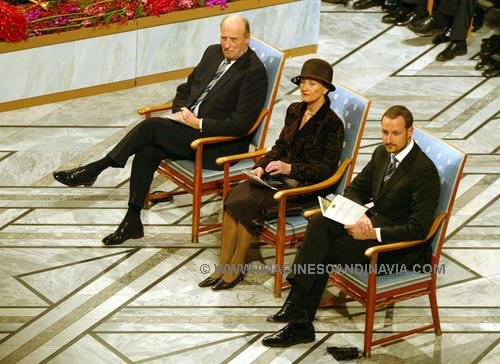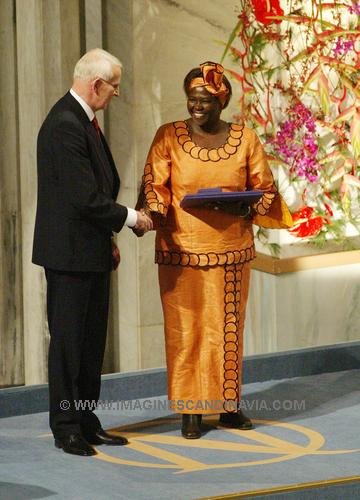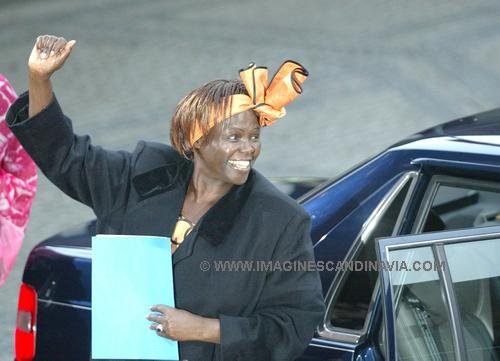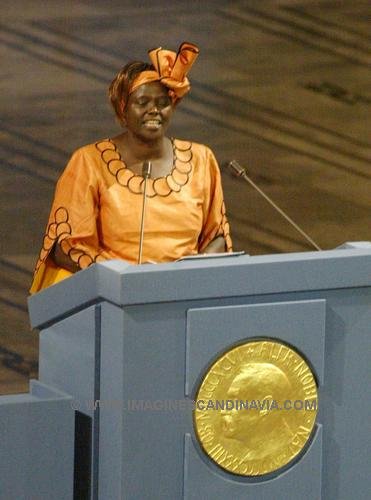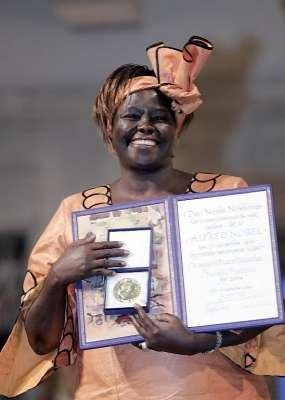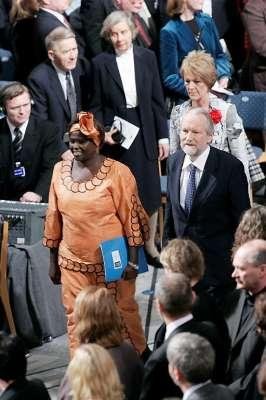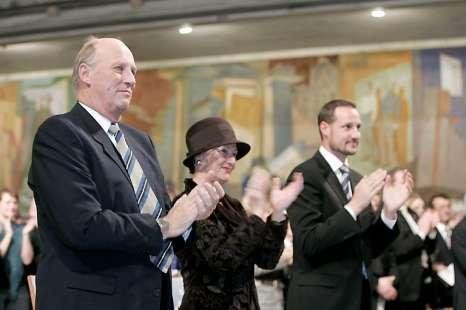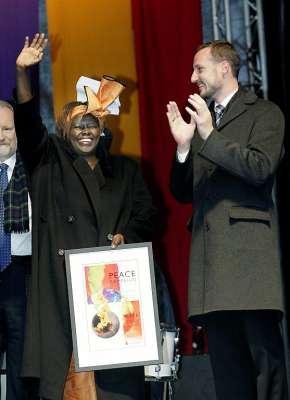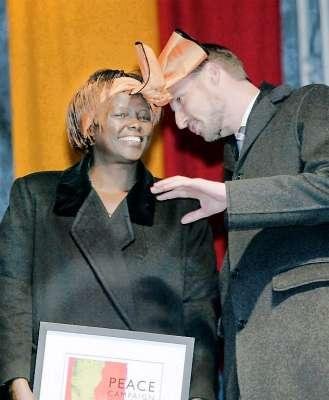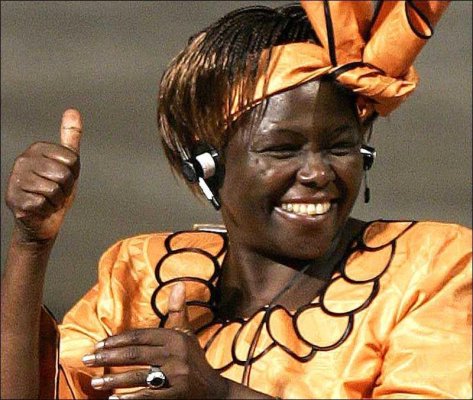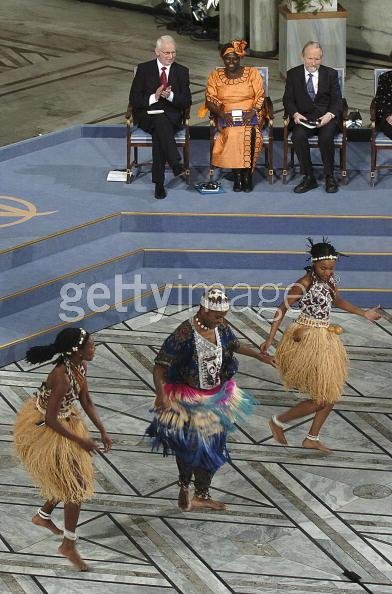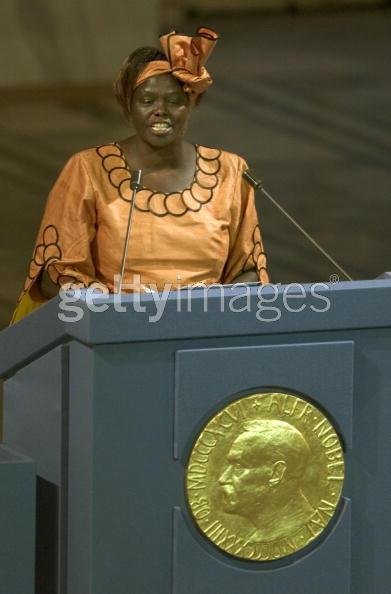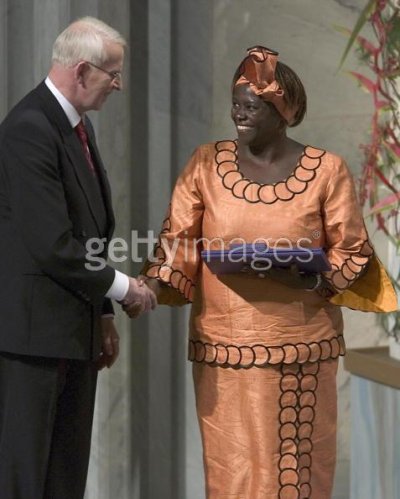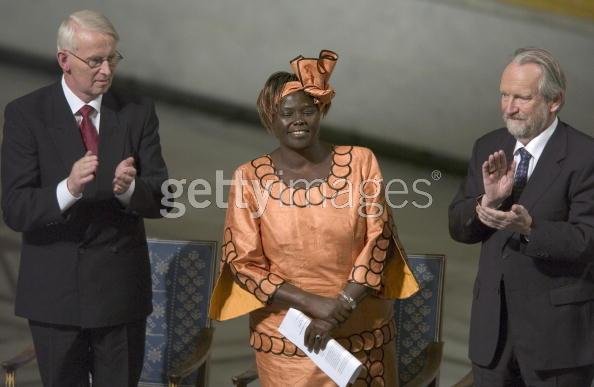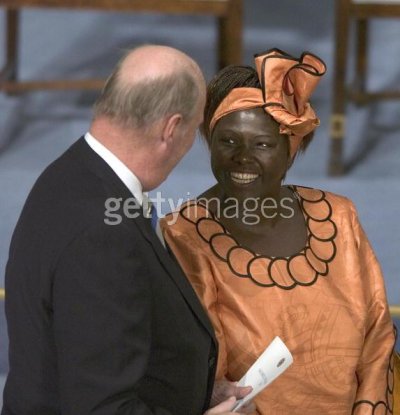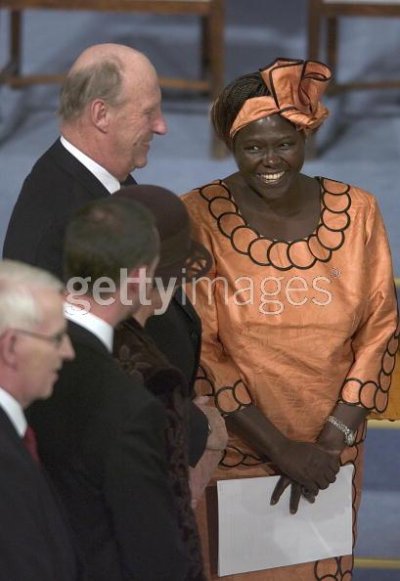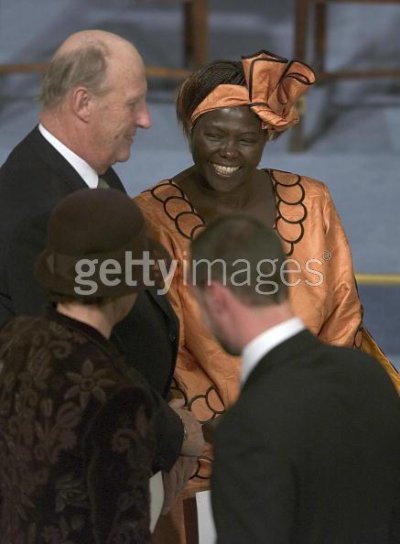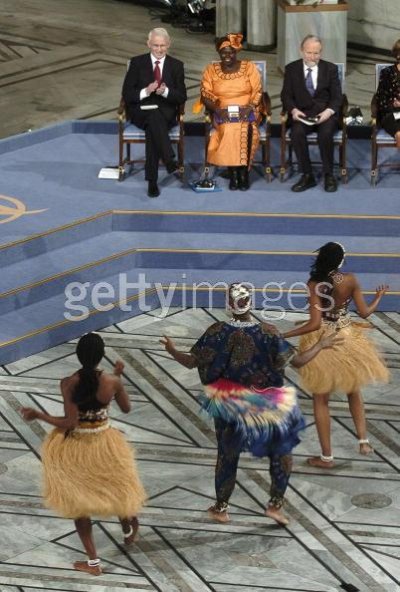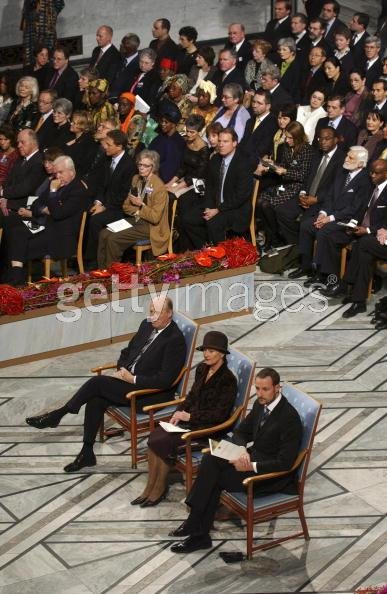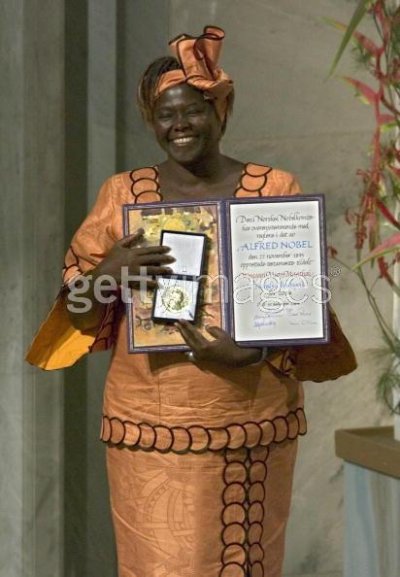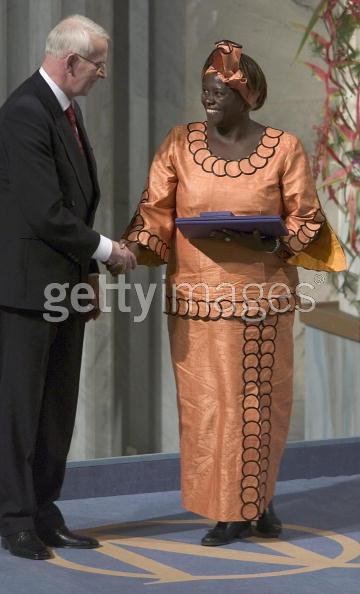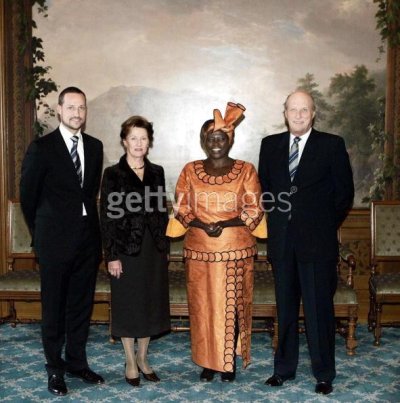Wangari Maathai – Nobel Lecture
Your Majesties
Your Royal Highnesses
Honourable Members of the Norwegian Nobel Committee
Excellencies
Ladies and Gentlemen
I stand before you and the world humbled by this recognition and uplifted by the honour of being the 2004 Nobel Peace Laureate.
As the first African woman to receive this prize, I accept it on behalf of the people of Kenya and Africa, and indeed the world. I am especially mindful of women and the girl child. I hope it will encourage them to raise their voices and take more space for leadership. I know the honour also gives a deep sense of pride to our men, both old and young. As a mother, I appreciate the inspiration this brings to the youth and urge them to use it to pursue their dreams.
Although this prize comes to me, it acknowledges the work of countless individuals and groups across the globe. They work quietly and often without recognition to protect the environment, promote democracy, defend human rights and ensure equality between women and men. By so doing, they plant seeds of peace. I know they, too, are proud today. To all who feel represented by this prize I say use it to advance your mission and meet the high expectations the world will place on us.
This honour is also for my family, friends, partners and supporters throughout the world. All of them helped shape the vision and sustain our work, which was often accomplished under hostile conditions. I am also grateful to the people of Kenya - who remained stubbornly hopeful that democracy could be realized and their environment managed sustainably. Because of this support, I am here today to accept this great honour.
I am immensely privileged to join my fellow African Peace laureates, Presidents
Nelson Mandela and
F.W. de Klerk, Archbishop
Desmond Tutu, the late Chief
Albert Luthuli, the late
Anwar el-Sadat and the UN Secretary General,
Kofi Annan.
I know that African people everywhere are encouraged by this news. My fellow Africans, as we embrace this recognition, let us use it to intensify our commitment to our people, to reduce conflicts and poverty and thereby improve their quality of life. Let us embrace democratic governance, protect human rights and protect our environment. I am confident that we shall rise to the occasion. I have always believed that solutions to most of our problems must come from us.
In this year’s prize, the Norwegian Nobel Committee has placed the critical issue of environment and its linkage to democracy and peace before the world. For their visionary action, I am profoundly grateful. Recognizing that sustainable development, democracy and peace are indivisible is an idea whose time has come. Our work over the past 30 years has always appreciated and engaged these linkages.
My inspiration partly comes from my childhood experiences and observations of Nature in rural Kenya. It has been influenced and nurtured by the formal education I was privileged to receive in Kenya, the United States and Germany. As I was growing up, I witnessed forests being cleared and replaced by commercial plantations, which destroyed local biodiversity and the capacity of the forests to conserve water.
Excellencies, ladies and gentlemen,
In 1977, when we started the Green Belt Movement, I was partly responding to needs identified by rural women, namely lack of firewood, clean drinking water, balanced diets, shelter and income.
Throughout Africa, women are the primary caretakers, holding significant responsibility for tilling the land and feeding their families. As a result, they are often the first to become aware of environmental damage as resources become scarce and incapable of sustaining their families.
The women we worked with recounted that unlike in the past, they were unable to meet their basic needs. This was due to the degradation of their immediate environment as well as the introduction of commercial farming, which replaced the growing of household food crops. But international trade controlled the price of the exports from these small-scale farmers and a reasonable and just income could not be guaranteed. I came to understand that when the environment is destroyed, plundered or mismanaged, we undermine our quality of life and that of future generations.
Tree planting became a natural choice to address some of the initial basic needs identified by women. Also, tree planting is simple, attainable and guarantees quick, successful results within a reasonable amount time. This sustains interest and commitment.
So, together, we have planted over 30 million trees that provide fuel, food, shelter, and income to support their children’s education and household needs. The activity also creates employment and improves soils and watersheds. Through their involvement, women gain some degree of power over their lives, especially their social and economic position and relevance in the family. This work continues.
Initially, the work was difficult because historically our people have been persuaded to believe that because they are poor, they lack not only capital, but also knowledge and skills to address their challenges. Instead they are conditioned to believe that solutions to their problems must come from ‘outside’. Further, women did not realize that meeting their needs depended on their environment being healthy and well managed. They were also unaware that a degraded environment leads to a scramble for scarce resources and may culminate in poverty and even conflict. They were also unaware of the injustices of international economic arrangements.
In order to assist communities to understand these linkages, we developed a citizen education program, during which people identify their problems, the causes and possible solutions. They then make connections between their own personal actions and the problems they witness in the environment and in society. They learn that our world is confronted with a litany of woes: corruption, violence against women and children, disruption and breakdown of families, and disintegration of cultures and communities. They also identify the abuse of drugs and chemical substances, especially among young people. There are also devastating diseases that are defying cures or occurring in epidemic proportions. Of particular concern are HIV/AIDS, malaria and diseases associated with malnutrition.
On the environment front, they are exposed to many human activities that are devastating to the environment and societies. These include widespread destruction of ecosystems, especially through deforestation, climatic instability, and contamination in the soils and waters that all contribute to excruciating poverty.
In the process, the participants discover that they must be part of the solutions. They realize their hidden potential and are empowered to overcome inertia and take action. They come to recognize that they are the primary custodians and beneficiaries of the environment that sustains them.
Entire communities also come to understand that while it is necessary to hold their governments accountable, it is equally important that in their own relationships with each other, they exemplify the leadership values they wish to see in their own leaders, namely justice, integrity and trust.
Although initially the Green Belt Movement’s tree planting activities did not address issues of democracy and peace, it soon became clear that responsible governance of the environment was impossible without democratic space. Therefore, the tree became a symbol for the democratic struggle in Kenya. Citizens were mobilised to challenge widespread abuses of power, corruption and environmental mismanagement. In Nairobi ’s Uhuru Park, at Freedom Corner, and in many parts of the country, trees of peace were planted to demand the release of prisoners of conscience and a peaceful transition to democracy.
Through the Green Belt Movement, thousands of ordinary citizens were mobilized and empowered to take action and effect change. They learned to overcome fear and a sense of helplessness and moved to defend democratic rights.
In time, the tree also became a symbol for peace and conflict resolution, especially during ethnic conflicts in Kenya when the Green Belt Movement used peace trees to reconcile disputing communities. During the ongoing re-writing of the Kenyan constitution, similar trees of peace were planted in many parts of the country to promote a culture of peace. Using trees as a symbol of peace is in keeping with a widespread African tradition. For example, the elders of the Kikuyu carried a staff from the
thigi tree that, when placed between two disputing sides, caused them to stop fighting and seek reconciliation. Many communities in Africa have these traditions.


